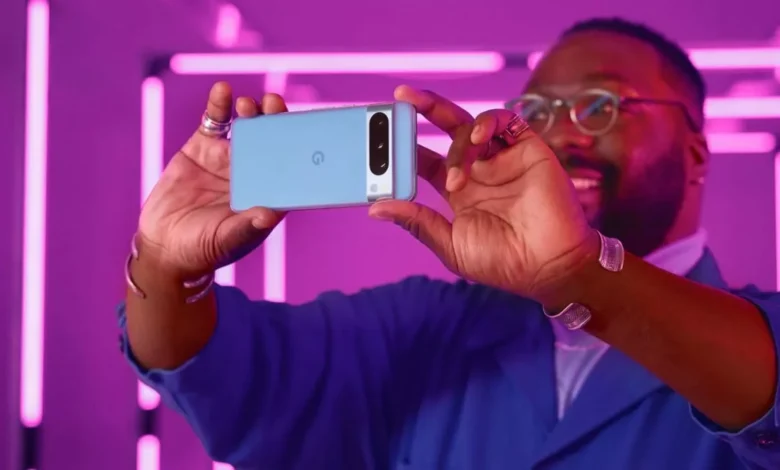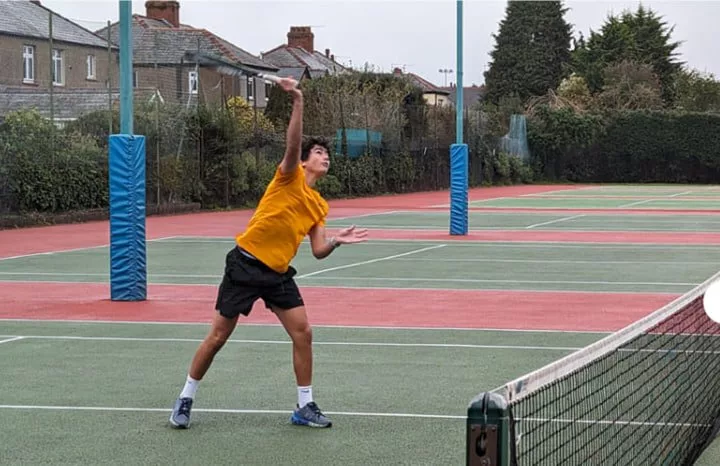The artificial intelligence of the Google Pixel camera can change the way of photography

In this day and age, there are so many options that smartphone users can use to modify and enhance their images, and the past few years have seen the proliferation of artificial intelligence for such tasks. Google also recently unveiled a feature with the Pixel 8 and Pixel 8 Pro phones that can change the facial expressions of people in photos. Although this feature seems amazing to many people, it has critics who claim that it has changed the way we take pictures.
Google’s new artificial intelligence technology by commentators and experts in the field of technology with “unfavorable” titles (The Verge)“Strange and scary” (Tech Radar) and possibly “a serious threat to public trust in online content” (Cnet) are described.
Opponents of artificial intelligence Google Pixel
Andrew Pearsall, a professional photographer and senior lecturer in journalism at the University of South Wales, is among those who say there are risks involved in manipulating artificial intelligence. In this regard, he BBC says:
“A simple manipulation, even for aesthetic reasons, can lead us down a dark path.”
The risks are greater for people using AI in professional contexts, but there are implications for everyone to consider, he said.
However, Google’s Isaac Reynolds, head of the company’s mobile camera systems team, promised the search engine giant is serious about being ethical about the technology used by its consumers. He also noted that features like Best Takes, which can find similar images, aren’t “faking” anything.
Compared to phones from Samsung, Apple and other companies, the camera quality and software of Pixel phones are among their strengths, and the addition of artificial intelligence features can also attract many people.
Defending the AI features of the Pixel camera, Reynolds explains:
“If [در عکسی که گرفتهاید] “There was a version where someone was smiling, this feature shows you that version.”

Of course, as Reynolds points out, Google’s new technology uses metadata for its photos, which is the digital footprint of an image. In fact, with the help of these data, it is possible to detect the fakeness of the image.
Professor Raphael Mantiuk, an expert in graphics and display from the University of Cambridge, points out that the use of artificial intelligence in smartphones should not be used in the field of making photos look realistic. He says:
“People want to capture beautiful images. But the whole mechanism of image processing in smartphones is to produce beautiful and not real images.
All these cases show that new technologies have created many ethical considerations among experts regarding the detection of real or fake content. Google, on the other hand, is confident that users will agree to the technology, and usually puts the AI features of its new phones at the center of its advertising campaigns.


